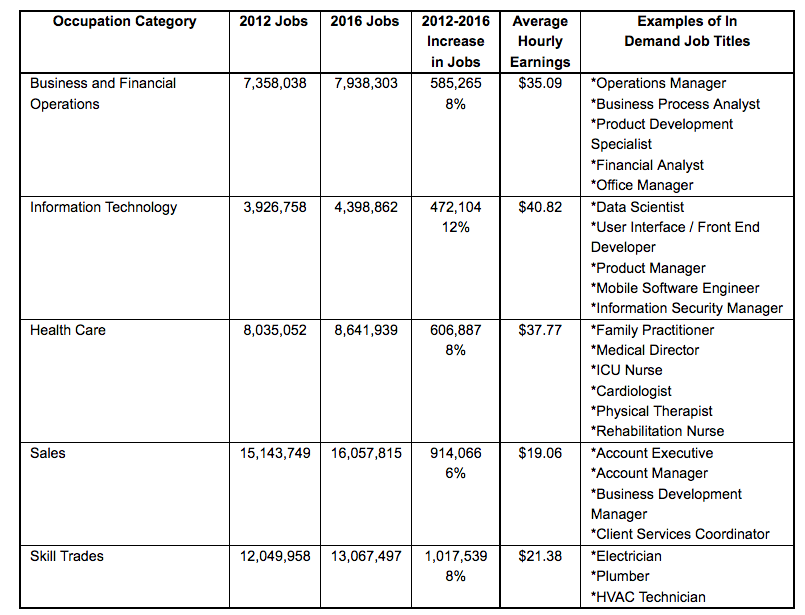The 2016 Presidential Election
Results from the 2016 Presidential Election will be posted as they become available.
Summary of Key Dates for the 2016 Presidential Election
June through October 2016
The Office of the Federal Register, on behalf of the Archivist of the United States, prepares Electoral College instructional materials for the Archivist to send to the governors of the 50 States and the mayor of the District of Columbia.
The materials include:
Under the 23rd Amendment of the Constitution, the District of Columbia is allocated 3 electors and treated like a state for purposes of the Electoral College. For this reason, in the following discussion, the word “state” also refers to the District of Columbia and the word “governor” also refers to the Mayor of the District of Columbia.
November 8, 2016—Election Day
Registered voters cast their votes for President and Vice President. By doing so, they also help choose the electors who will represent their state in the Electoral College.
Mid-November through December 19, 2016
After the presidential election, the governor of your state prepares seven Certificates of Ascertainment. “As soon as practicable,” after the election results in your state are certified, the governor sends one of the Certificates of Ascertainment to the Archivist.
Certificates of Ascertainment should be sent to the Archivist no later than the meeting of the electors in December. However, federal law sets no penalty for missing the deadline.
The remaining six Certificates of Ascertainment are held for use at the meeting of the Electors in December.
December 13, 2016
States must make final decisions in any controversies over the appointment of their electors at least six days before the meeting of the Electors. This is so their electoral votes will be presumed valid when presented to Congress.
Decisions by states’ courts are conclusive, if decided under laws enacted before Election Day.
December 19, 2016
The Electors meet in their state and vote for President and Vice President on separate ballots. The electors record their votes on six “Certificates of Vote,” which are paired with the six remaining Certificates of Ascertainment.
The electors sign, seal, and certify six sets of electoral votes. A set of electoral votes consists of one Certificate of Ascertainment and one Certificate of Vote. These are distributed immediately as follows:
- one set to the President of the Senate (the Vice President) for the official count of the electoral votes in January;
- two packages to the Secretary of State in the state where the electors met—one is an archival set that becomes part of the public record of the Secretary of State’s office and the other is a reserve set that is subject to the call of the President of the Senate to replace missing or incomplete electoral votes;
- two packages to the Archivist—one is an archival set that becomes part of the permanent collection at the National Archives and Records Administration and the other is a reserve set that is subject to the call of the President of the Senate to replace missing or incomplete electoral votes; and
- one set to the presiding judge in the district where the Electors met—this is also a reserve set that is subject to the call of the President of the Senate to replace missing or incomplete electoral votes.
December 28, 2016
Electoral votes (the Certificates of Vote) must be received by the President of the Senate and the Archivist no later than nine days after the meeting of the electors. States face no legal penalty for failure to comply.
If votes are lost or delayed, the Archivist may take extraordinary measures to retrieve duplicate originals.
On or Before January 3, 2017
The Archivist and/or representatives from the Office of the Federal Register meet with the Secretary of the Senate and the Clerk of the House in late December or early January. This is, in part, a ceremonial occasion. Informal meetings may take place earlier.
January 6, 2017
The Congress meets in joint session to count the electoral votes. Congress may pass a law to change this date.
The Vice President, as President of the Senate, presides over the count and announces the results of the Electoral College vote. The President of the Senate then declares which persons, if any, have been elected President and Vice President of the United States.
If a State submits conflicting sets of electoral votes to Congress, the two Houses acting concurrently may accept or reject the votes. If they do not concur, the votes of the electors certified by the Governor of the State on the Certificate of Ascertainment would be counted in Congress.
If no Presidential candidate wins 270 or more electoral votes, a majority, the 12th Amendment to the Constitution provides for the House of Representatives to decide the Presidential election. If necessary the House would elect the President by majority vote, choosing from the three candidates who received the greatest number of electoral votes. The vote would be taken by state, with each state having one vote.
If no Vice Presidential candidate wins 270 or more electoral votes, a majority, the 12th Amendment provides for the Senate to elect the Vice President. If necessary, the Senate would elect the Vice President by majority vote, choosing from the two candidates who received the greatest number of electoral votes. The vote would be taken by state, with each Senator having one vote.
If any objections to the Electoral College vote are made, they must be submitted in writing and be signed by at least one member of the House and one Senator. If objections are presented, the House and Senate withdraw to their respective chambers to consider their merits under procedures set out in federal law.
January 20, 2017 at Noon—Inauguration Day
The President-elect takes the Oath of Office and becomes the President of the United States.
General Authority
The Archivist of the United States, as the head of the National Archives and Records Administration (NARA), is responsible for carrying out ministerial duties on behalf of the States and the Congress under 3 U.S.C. sections 6, 11, 12, and 13.
NARA is primarily responsible for coordinating the various stages of the electoral process by helping the States prepare and submit certificates that establish the appointment of electors and validate the electoral votes of each State.
The Archivist delegates operational duties to the Director of the Federal Register. The Federal Register Legal Staff ensures that electoral documents are transmitted to Congress, made available to the public, and preserved as part of our nation’s history.
The Office of the Federal Register Legal Staff reviews the electoral certificates for the required signatures, seals and other matters of form, as specified in federal law.
Only the Congress and the courts have the authority to rule on substantive legal issues.
Office of the Federal Register, National Archives and Records Administration



 ADD is the most common learning and behavior problem in children. But the issue doesn’t end there: It is also one of the most common problems in adults, and has been associated with serious problems in school, relationships, work, and families. Despite its prevalence, many myths and misconceptions about ADD abound in our society. Here are just a few of them:
ADD is the most common learning and behavior problem in children. But the issue doesn’t end there: It is also one of the most common problems in adults, and has been associated with serious problems in school, relationships, work, and families. Despite its prevalence, many myths and misconceptions about ADD abound in our society. Here are just a few of them:

